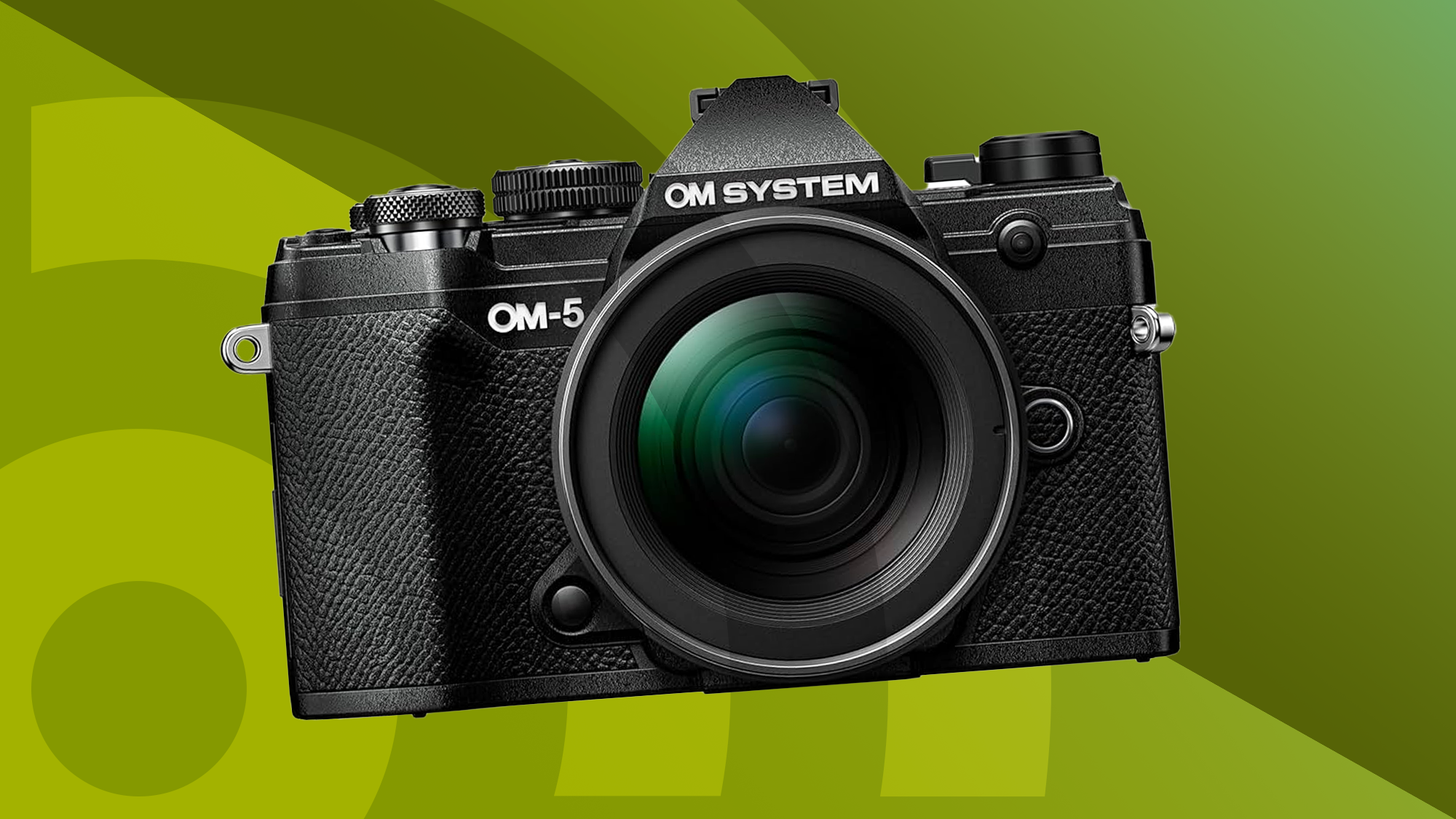Shop At Haya: Your Ultimate Shopping Guide
Discover the best shopping tips, trends, and deals for a smarter buying experience.
Click Click, Snap Snap: The Unseen Life of Your Camera
Discover the secrets behind your camera's unseen life and unlock captivating photography tips you never knew you needed!
Behind the Lens: Understanding Your Camera's Inner Workings
When it comes to photography, understanding your camera's inner workings is essential to capturing stunning images. At the heart of your camera, the sensor plays a crucial role in converting light into digital data. Different cameras use various types of sensors, such as CCD or CMOS, each offering unique advantages in terms of image quality and performance. To maximize your shooting potential, familiarize yourself with your camera's settings—including ISO, aperture, and shutter speed—as these elements directly interact with the sensor and influence your photos' exposure and clarity.
Another vital component to consider is the lens. Drawing light to the sensor, lenses greatly affect the sharpness, color, and overall aesthetic of your images. Different lenses serve different purposes; for instance, a wide-angle lens is ideal for landscapes, while a macro lens excels at capturing fine details in close-up shots. Understanding focal lengths, aperture sizes, and lens distortion can empower you to make informed choices and enhance your photographic artistry.

10 Tips to Maximize Your Camera's Potential
To truly maximize your camera's potential, start by familiarizing yourself with its settings. Each camera comes with a multitude of options, from shutter speed to ISO settings. Understanding these functions will enable you to adapt to various lighting conditions and scenes. For example, use a faster shutter speed for moving subjects to avoid motion blur, or increase the ISO in low-light settings to maintain image clarity. Here are some initial settings to consider:
- Explore the manual mode to gain full control over your shots.
- Experiment with different shooting modes such as Aperture Priority and Shutter Priority.
- Utilize spot metering for accurate exposure on specific subjects.
Next, invest time in mastering composition techniques that can dramatically enhance your photography. The rule of thirds is a fundamental guideline; imagine your image divided into a 3x3 grid and place points of interest along these lines or their intersections for a balanced shot. Additionally, don't hesitate to utilize natural frames such as tree branches or doorways to draw attention to your subject. Remember, a well-composed photograph can elevate even the simplest scenes. Consider these tips to refine your composition:
- Try leading lines to guide viewers' eyes through the photo.
- Incorporate foreground elements for depth.
- Practice minimalism by removing clutter from your frame.
What Happens to Your Photos After You Click?
When you click a photo, the journey begins with your device's camera sensor capturing light and converting it into an image. This initial step involves complex processes that transform the captured light into a digital file. The resulting image is typically saved in a standard format like JPEG or PNG, which compresses the data for efficient storage. Depending on your device settings, the photo may also include metadata, such as the date, time, and location of the shot, along with details about camera settings like exposure and aperture. All of this information is crucial for organizing and managing your photo collection later on.
After the photo is taken, it can seamlessly transition to various platforms. You might share it on social media, upload it to cloud storage, or edit it using photo editing software. Each of these actions involves a different process where the image may undergo additional transformations. For instance, when uploaded to a platform like Instagram, your photo might be resized or compressed to optimize loading times. Additionally, cloud storage services often create backups and generate thumbnails, ensuring your memories are not only safe but also easily accessible. Understanding what happens to your photos after you click can help you make informed decisions about how and where to store them.